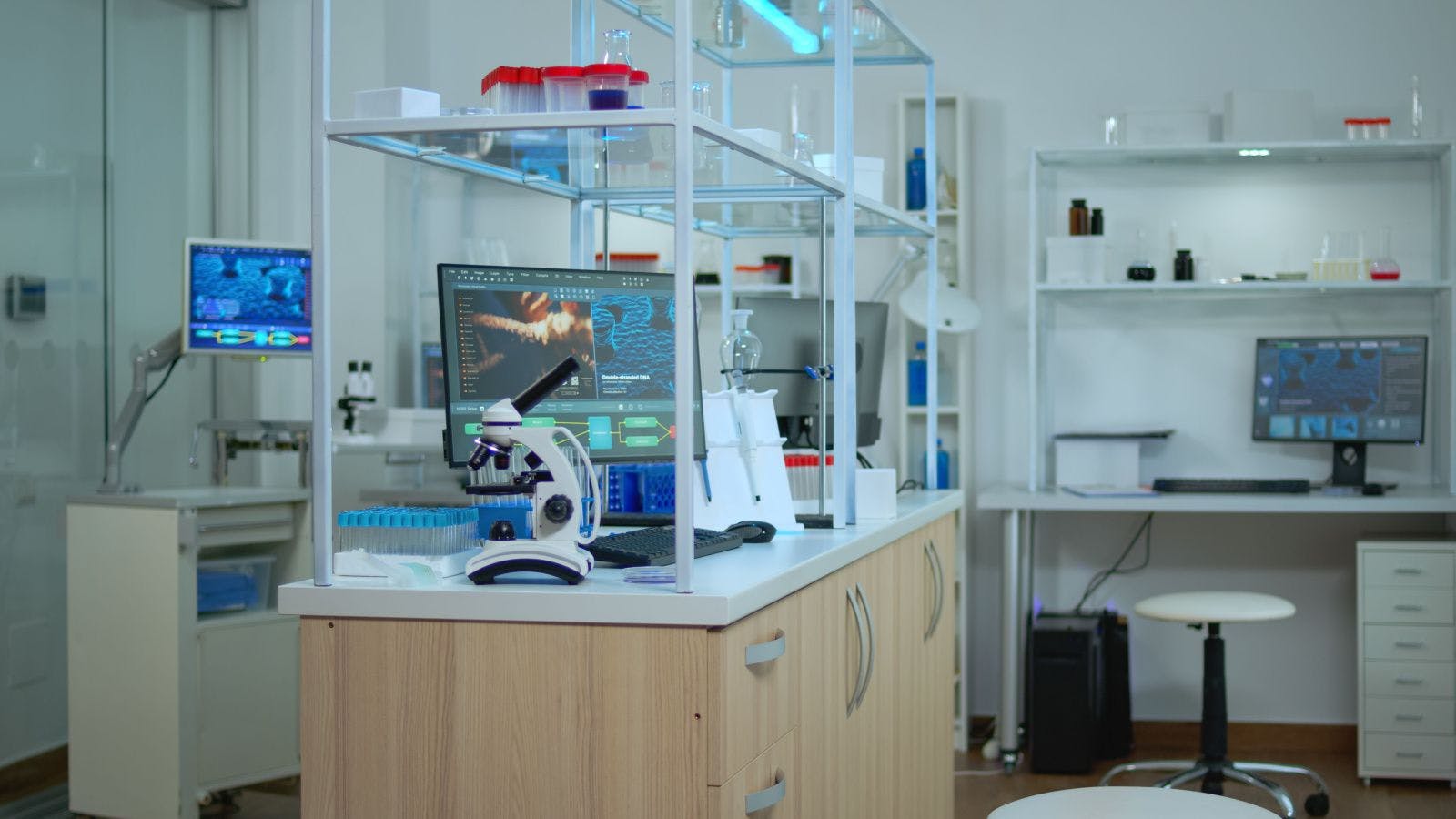
A One-Year Design for a Three-Week Project
Intravenous immunoglobulin is a medical treatment that involves the infusion of concentrated antibodies derived from donated plasma, which boosts the immune system in individuals with various immunodeficiency disorders, autoimmune diseases and certain other medical conditions. The increasing demand for IVIG necessitated a strategic approach to bridge the supply-demand gap.
In a real-life scenario, a leading global manufacturer of IVIG faced a significant challenge of enhancing its IVIG production within the confines of its existing facility while adhering to a stringent three-week shutdown window. Aptly named IGMax, this life-sciences shutdown project exemplifies the challenges of contractors to maximize product within the confines of both time and space—even more confined than usual.
THE CHALLENGE
The demand for IVIG in the United States witnessed substantial growth over the years, surging from 6.6 million grams in 1990 to an impressive 67.3 million grams in 2015. This growth trajectory is projected to persist at a remarkable 8% annual rate, underscoring the pressing need for expanded production capacity. Consequently, the company confronted a daunting question: How could the existing facility be optimized without encroaching beyond its current footprint?
Given the constant high demand for IVIG, the facility operates 24 hours a day, seven days a week, 365 days a year, with a brief shutdown period occurring every other year. This relentless operational schedule left a mere three-week window for any modifications enhancing production. Considering these physical and calendar constraints, a comprehensive analysis of the facility's processes, equipment and operations was conducted to chart a course toward achieving a 40% increase in production capacity.
THOUGHTFUL PLANNING
One year of design; a seven-month lead-time; a three-week shutdown. The carefully designed project was finally ready for execution and had to be executed precisely. The equipment had a six-month lead time, thousands of feet of new piping, hundreds of pieces of new equipment such as valves, pumps, fans and all the wiring to connect everything.
When tackling such an intricate design plan, it is crucial to first determine what is necessary to have in place to set the brief shutdown up for success. What can be done ahead of time? What work will have to wait until the shutdown? Certain tasks, such as replacing air handler fans, can’t be started until the facility shuts down. However, equipment such as fans and necessary materials, can be staged in advance, directly within the working area.
Because lab shutdown windows are often extremely tight, contractors don’t have time to waste searching for or moving materials during the shutdown, making proper design-planning crucial.
If vital long-lead equipment such as heat exchangers or clean-in-place skids were to be late, the entire project would fail. Weekly check-ins with the equipment vendors are important to expedite all equipment as much as possible. By also including client stakeholders in these meetings, solutions can be made immediately.
Prior to shutdowns, creative solutions should be generated to gain access to areas previously thought to be inaccessible. Once the team determines what can be worked on ahead of time and all agree on processes for execution and problem solving, completing the work is relatively easy. As the shutdown approaches, all team members are prepared and positioned for a successful shutdown, allowing for some short weeks and for much needed rest ahead of the 21-day sprint.
FOUNDATION FOR SUCCESS
The nature of the life sciences industry is marked by its concrete and tangible aspects, where formulas and calculations govern the design, and the final product comprises various materials, ranging from stainless steel piping to silicon chips. However, the cornerstone for success on a shutdown project is the trust cultivated among the team members.
For instance, say on a project you have a partner who has an unnecessarily negative attitude towards you and your responsibilities on site. They don’t like to be told what to do and are laser-focused on just getting their work done without any niceties involved. This leaves a lack of effective communication and respect between you and that partner, making trust hard to come by and possibly affecting the outcome of your project. This is where relationship building and leadership really come into play. Getting to know the people you’re working with on a personal and human level can help instill a sense of trust that is needed to ensure the job gets done most effectively. Do you both have children? Similar hobbies? Establishing these connections can increase the level of respect between two people on a project and ease any challenges with communication that might happen.
Trust plays a pivotal role in transforming individuals from mere problem identifiers to problem solvers. Collaboration and mutual support between team members facilitated the seamless execution of the project, leading to its resounding success.
LESSON LEARNED
Lab shutdowns like this one can be successful if deadlines are carefully adhered to or even beaten. This underscores the paramount importance of teamwork and trust in overcoming multifaceted challenges, sometimes years before construction even begins. While the decisions to increase production or expand facilities may be made in boardrooms across the globe, the success of those initiatives ultimately falls on the shoulders of a team made up of engineers, planners and workers. These professionals exemplify the ability to achieve substantial results with limited resources. Although demanding and intense, shutdown projects can be gratifying for those who thrive in such environments, transforming challenges into opportunities for growth and excellence. As the world evolves and demand surges, these professionals' collaborative spirit and trust will remain invaluable assets for industries compelled to do more with less.
Related stories








